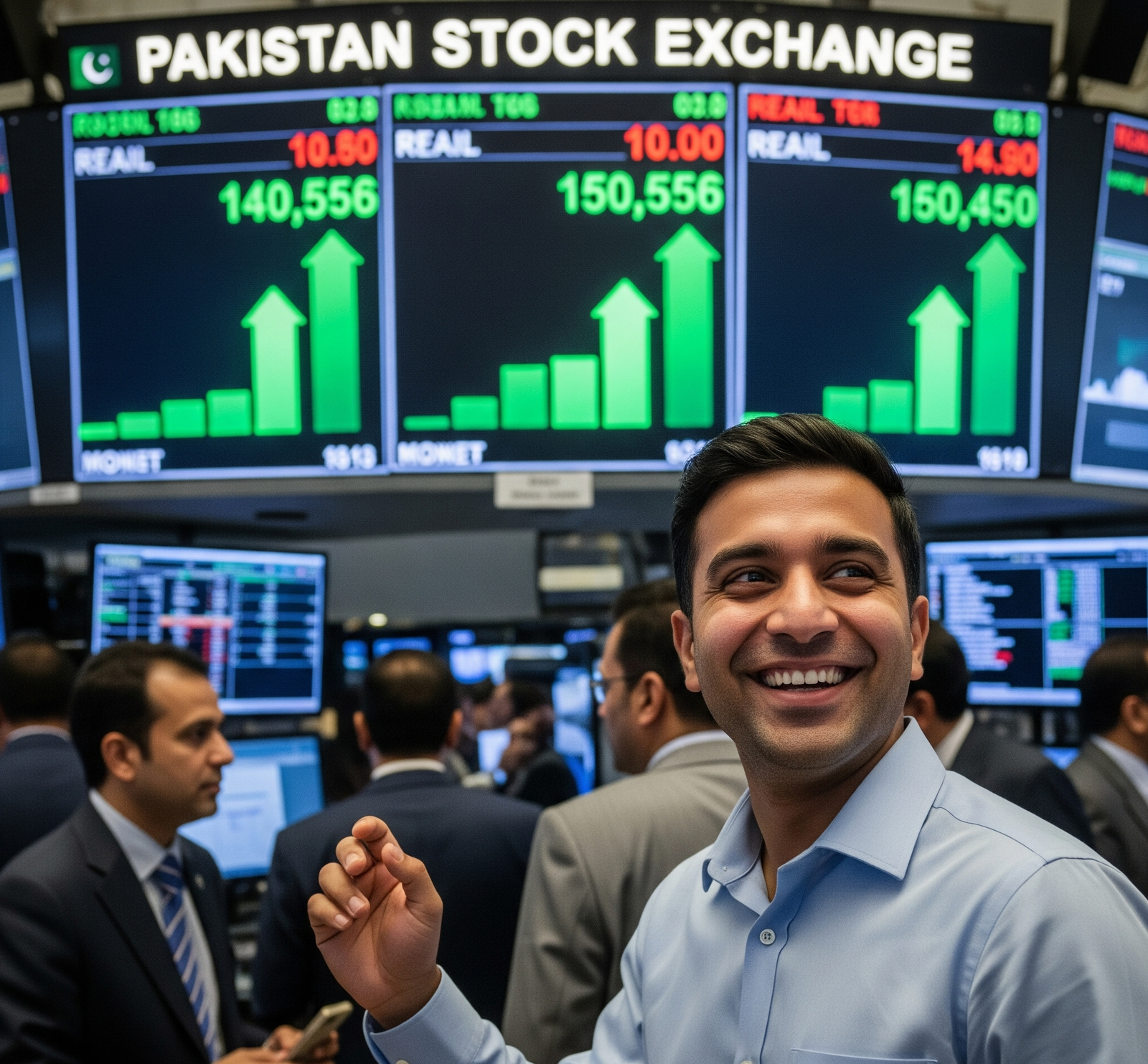A seismic wave of optimism recently swept through Pakistan’s financial landscape, as the benchmark KSE-100 index of the Pakistan Stock Market Breaks 143,000-Point Barrier This monumental achievement, while surprising to many observers, was the culmination of a sustained bullish rally fueled by a potent mix of macroeconomic stability, investor confidence, and favorable policy developments. The event was not merely a number on a ticker; it was a powerful statement on the country’s economic resilience and a beacon of hope for a future defined by growth and prosperity.
The journey to this historic high was paved with a series of significant economic and political milestones. The rally, which had been gaining momentum throughout the year, received a major boost from a series of positive announcements and policy shifts. A crucial factor was the government’s continued engagement with the International Monetary Fund (IMF), which provided a much-needed sense of stability and signaled a commitment to fiscal discipline and structural reforms. This gave local and foreign investors the confidence to re-enter the market, viewing Pakistan not just as a high-risk venture, but as a maturing market with solid fundamentals. READ NEXT https://elevenpakistan.com/asim-munirs-popularity-soars-after-india-row/
One of the most immediate catalysts for the final push past the 143,000-point mark was a landmark trade deal finalized with the United States. This agreement, which significantly reduced tariffs on Pakistani imports, not only improved the country’s trade outlook but also included provisions for US support in developing Pakistan’s oil reserves. This news sent a ripple of excitement through the market, particularly benefiting the oil and gas sector. The Oil & Gas Development Company Limited (OGDCL) and other energy stocks saw massive institutional inflows, as investors bet on future profitability and growth.
In parallel with this, the State Bank of Pakistan’s monetary policy played a pivotal role. The decision to maintain the policy rate at a stable level, coupled with a notable decline in inflation, eased cost pressures on businesses and fostered a more predictable economic environment. This stability in the rupee against the US dollar further enhanced the country’s appeal to foreign investors, as a stable exchange rate mitigates currency risk and makes investments more attractive. The market’s positive reaction to these indicators demonstrated a collective belief that the country was on the right economic track.

The rally was not confined to a single sector; it was broad-based, with significant contributions from various segments of the economy. While the oil and gas sector surged on the back of the US deal and positive corporate earnings, other sectors like cement and banking also saw robust performance. The cement sector, for instance, benefited from an improved outlook and better monthly performance. Financial institutions saw record profits, driven in part by the country’s economic policies. The broad nature of the rally indicated that investor confidence was not based on a single speculative event, but on a widespread belief in the potential of multiple sectors. x
This surge in the stock market’s value, however, also highlighted a recurring debate about the disconnect between the market’s performance and the everyday economic realities of the average citizen. While the KSE-100 index was soaring, challenges such as poverty, unemployment, and debt remained. This is a crucial point of reflection, as a booming stock market does not automatically translate into a better quality of life for all. It underscores the urgent need for structural reforms that can bridge this gap, ensuring that the benefits of economic growth are more widely distributed.
The historical performance of the PSX shows a market that is highly sensitive to both economic and political developments. A stable political environment, free from frequent policy reversals and uncertainty, is a critical ingredient for sustained market growth. The recent rally serves as a testament to this, as a period of relative stability in government policies and international relations has directly corresponded with a remarkable surge in market confidence.
Looking ahead, analysts remain optimistic but cautious. The market’s future trajectory will depend on a continued commitment to the reform agenda, further improvements in macroeconomic indicators, and the successful implementation of the new trade deals. The record-breaking performance has undoubtedly put Pakistan in the global spotlight, positioning it as a top-performing market. The challenge now lies in converting this momentum into long-term, sustainable economic development that benefits all segments of society. The breaking of the 143,000-point barrier is more than just a number; it is a symbol of a nation’s potential and a powerful reminder that with the right policies and a stable environment, extraordinary achievements are possible.
READ NEXT



